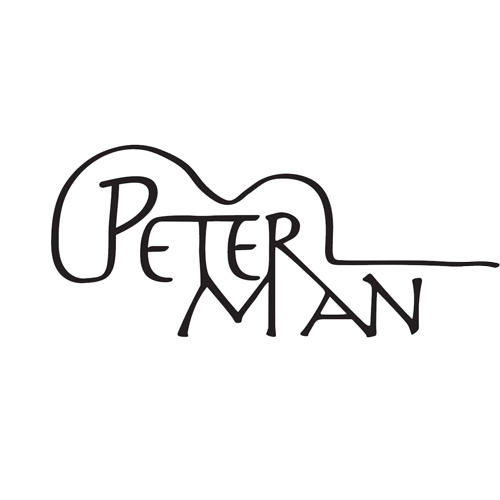**Good day! I'm Peter Sesselmann, today, we'll be discussing amplifiers and their compatibility with stompboxes. We'll delve into which amplifiers work well with stompboxes and which ones don't. This topic frequently generates confusion, as distinguishing between a good and bad amplifier for stompboxes can be puzzling. Notably, a good guitar amp might not necessarily function well as a stompbox amp. Guitar amps are designed specifically for guitars and often lack the essential bass frequencies required for stompboxes. Sometimes, even a bass guitar amp lacks these low frequencies. Therefore, it's a trial-and-error process, but I'll provide some basic guidelines to help you get started.
Let's jump in and explore this topic further. I'll use my Mega Stomp model as an example. It features the puck and a wooden holder for added comfort while playing. I've set up a range of amplifiers here today, ranging from a small practice amp I use in my kitchen, to a home theater sub, a custom-built rig with a 10-inch sub and tweeter, and various other setups.
Starting with amplifiers like the Mesa Boogie Studio 22 and Fender Princeton 65, while they excel for guitar, they fall short when paired with stompboxes. These guitar amps lack the deep, warm, and bassy tones ideal for stompboxes. They're tailored for guitar frequencies, leading to distortion when the gain is turned up.
Moving on, bass amps do offer some improvement, delivering reasonable results. However, a dedicated stompbox amp requires specific design elements. For instance, the Peavey KB 100 keyboard amp with its broad frequency range produces better stompbox tones. Similarly, connecting a powered subwoofer can enhance the bass response significantly, as it's designed to handle those frequencies effectively.
Consider also the option of using a home theater subwoofer, which surprisingly can work well with stompboxes, offering impressive low-end tones. This can be an excellent choice for practice sessions or smaller gigs, providing a rich, resonant sound.
In conclusion, not every amplifier is suitable for stompboxes. To achieve the desired deep bass sounds, you don't necessarily need a large amp; rather, it's about having the right design for stompbox frequencies. While ready-made solutions might not offer the perfect fit, combining elements like a subwoofer or a custom-built setup can yield remarkable results. If you're interested in crafting your own stompbox-friendly amp setup, feel free to express your curiosity in the comments below, and I might create a guide to assist you.
Thank you for joining me today. I hope this blog shed some light on amplifier selection for stompboxes. Feel free to share your thoughts and ideas, and stay tuned for more blogs in the future. Until next time, cheers!**

